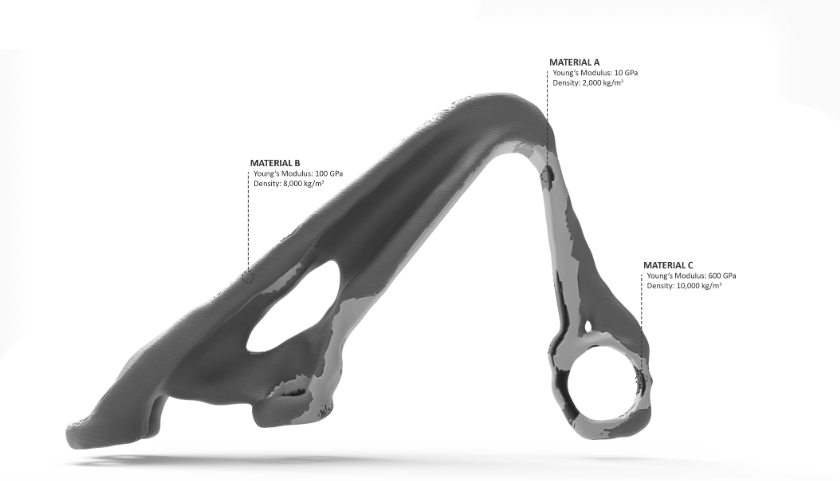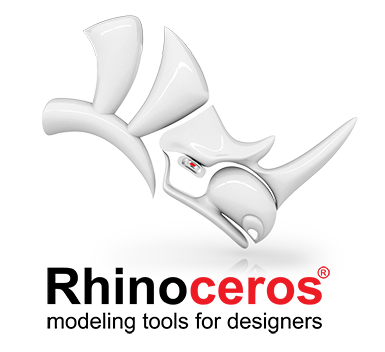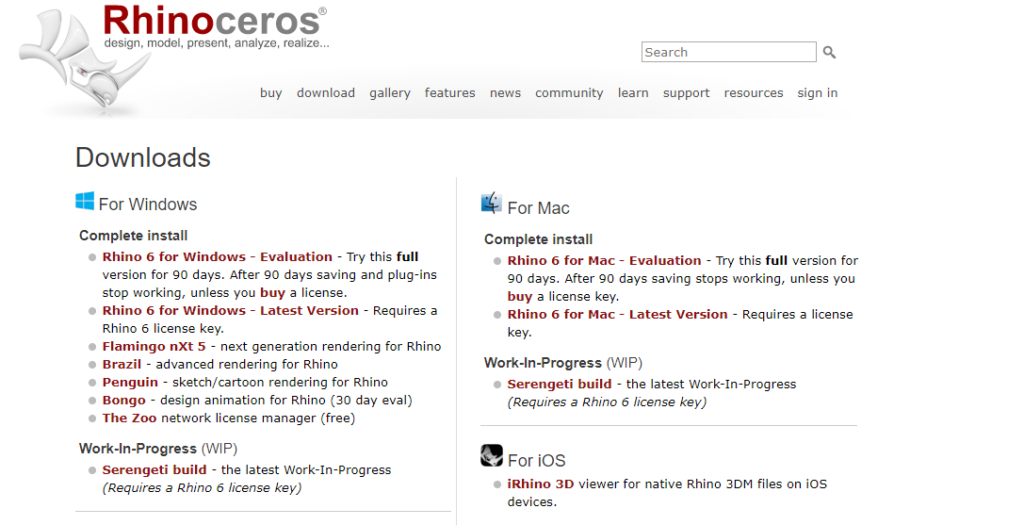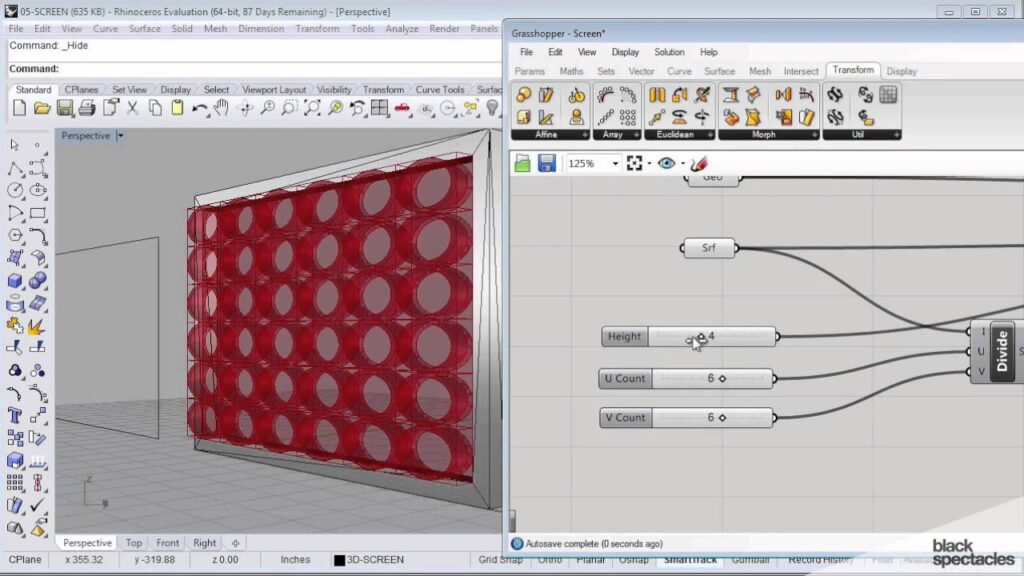A new startup has emerged from stealth mode promising a software capable of aiding designers in enhancing their parts for additive manufacturing (AM) in ways that go beyond generative design and topology optimization. Additive Flow’s newly announced FormFlow software is meant to allow engineers to quickly modify their models for AM in ways that maximize their performance characteristics along a variety of criteria.
Founded in 2017 Alexander Pluke and Charles Fried, Additive Flow is made up of a team of artificial intelligence and architecture specialists. Its FormFlow software is meant to aid in the parametric design of parts for AM by allowing users to define multiple parameters to optimize a printed object in terms of geometry, process and material.
For instance, users can simultaneously simulate a model demonstrating physical properties equal in all directions (isotropic), as well as with physical properties maximized in the vertical and horizontal directions (orthotropic). This will then inform the direction in which a part is printed, sideways or standing upright.
The model can also be simulated as made from different materials. Other details the software can generate include productivity, cost, and performance outcomes based on design and process recommendations. As Additive Flow describes it, FormFlow “puts the right material, with the right properties, in the right place.”
In the design of a bridge with Royal HaskoningDHV and DSM, Additive Flow generated designs that were isotropic and orthotropic, printed upright and sideways. The resulting design was seven times lighter than a solid object, with the orthotropic solvers improving performance by 20 percent compared to an isotropic model. Additive Flow also worked with Royal HaskoningDHV to establish a repeatable workflow for performing model optimization in a shorter period of time.
By including all of this information, FormFlow seems to go beyond typical generative design tools. Typical generative design software generates a number of design options based on such characteristics as weight and the ability to carry a certain load. However, these tools may not account for the anisotropic properties of 3D printing, in which the vertical axis is weaker than other axes. In turn, depending on the software, the printed geometries may not perform as simulated. Additive Flow describes the solvers within its software, however, as “additive aware.”
Designing for additive is no easy task. Of course, this is coming from someone with absolutely no CAD experience, beyond some free and open source tools. However, even professional engineers don’t necessarily know what it takes to make a design right for 3D printing. In part, this is because manufacturing engineers have long been taught to ready their ideas for traditional production technologies.
This means keeping in mind certain constraints, such as limiting complexity in order to reduce the cost of molds and minimizing defects or integrating the gate location in injection molded products. In many ways, engineers have to unlearn a lot of design features they take for granted with traditionally made parts and replace them with a whole new set of design features.
While FormFlow doesn’t seem to address everything that someone would need to know in order to begin applying AM to their product design practice, it may make achieving high-performance, 3D printable designs easier. For instance, Evonik’s new software is able to determine if a host of parts would make good candidates for 3D printing in the first place. It would also be helpful to have a software that can automatically turn a multi-unit assembly into a single printable object. However, once those design decisions are made, FormFlow could further optimize their geometry for the best performance in the best material.
FormFlow certainly seems to have some benefits over existing generative design software, such as Netfabb from Autodesk and Siemens NX, which do not provide as much information as FormFlow seems to at the moment. However, those CAD developers are much, much, much larger, so there’s no telling when Netfabb or Siemens’ Frustum kernel will be able to offer the same capabilities. Who knows, maybe we’ll even see Additive Flow snatched up by some CAD giant in the coming years or even months.
At the moment, Additive Flow is taking FormFlow to market on a project consultancy basis, with the software customized depending on the customer’s needs. The company plans to deliver a license model for its software later this year.
The post Additive Flow Goes Adds Additive Awareness to Generative Design appeared first on 3DPrint.com | The Voice of 3D Printing / Additive Manufacturing.









